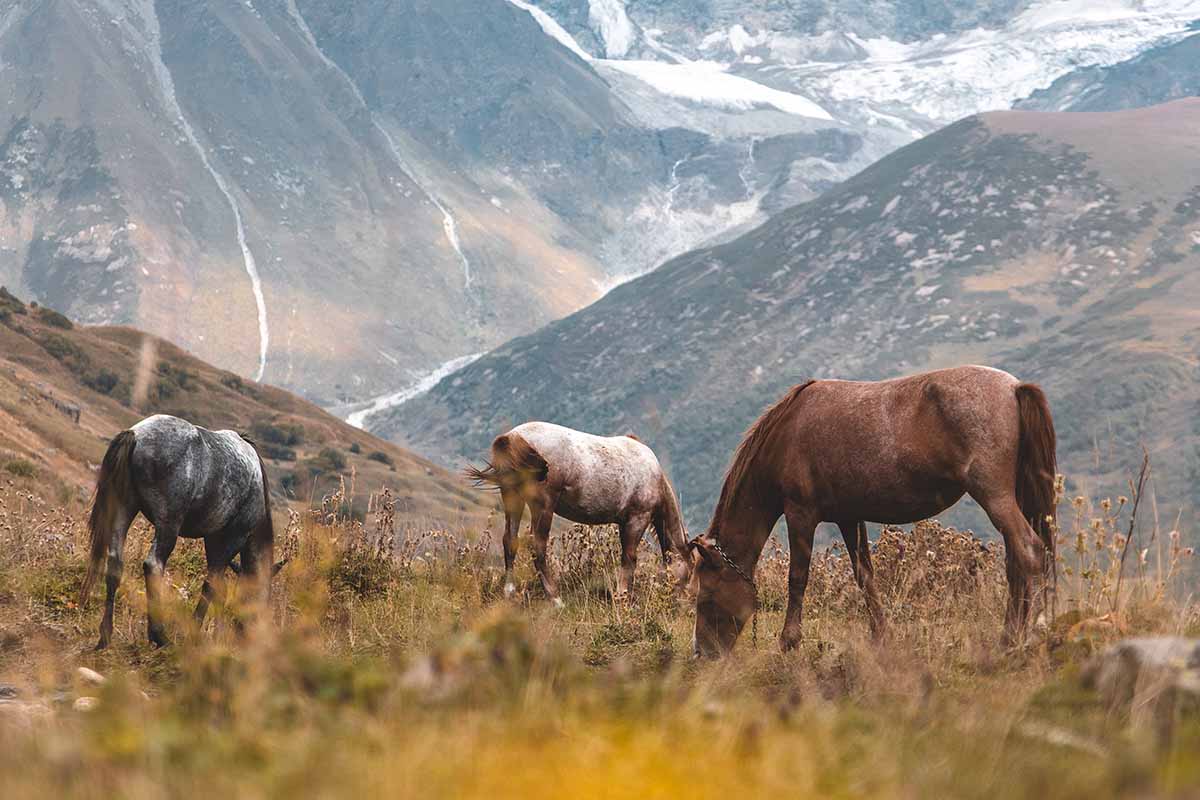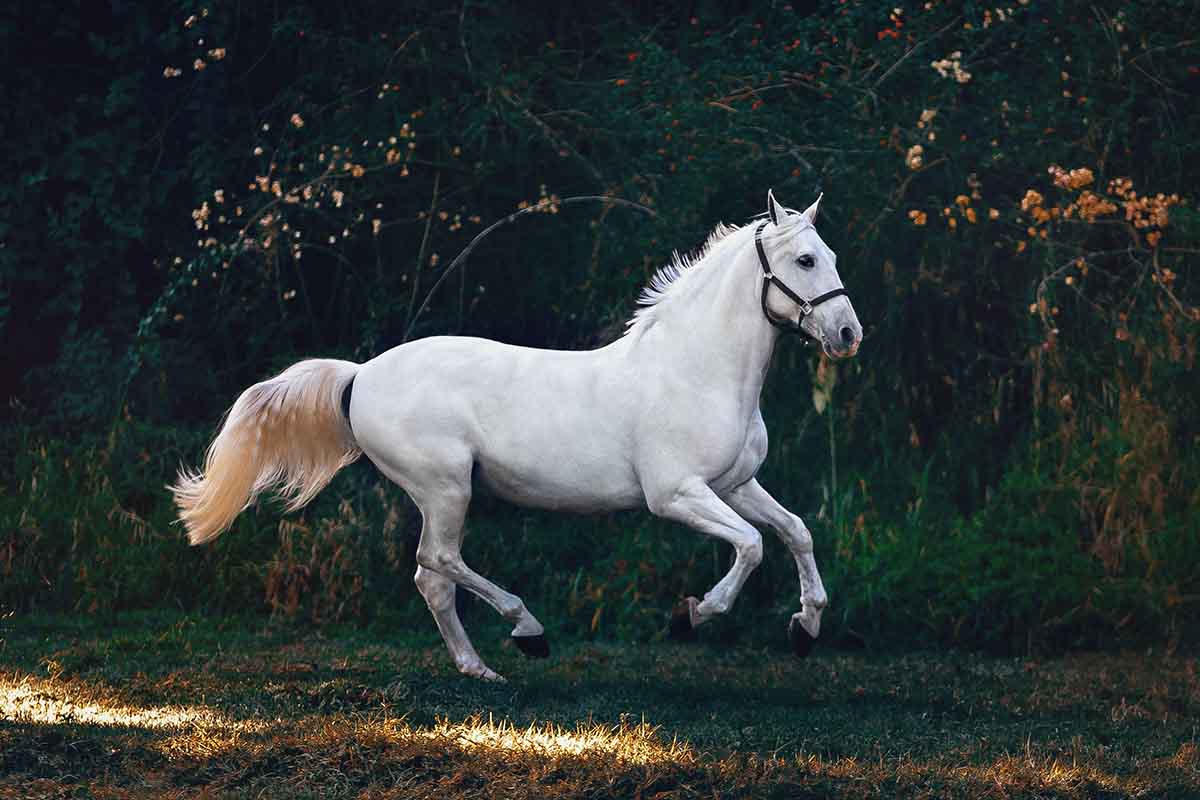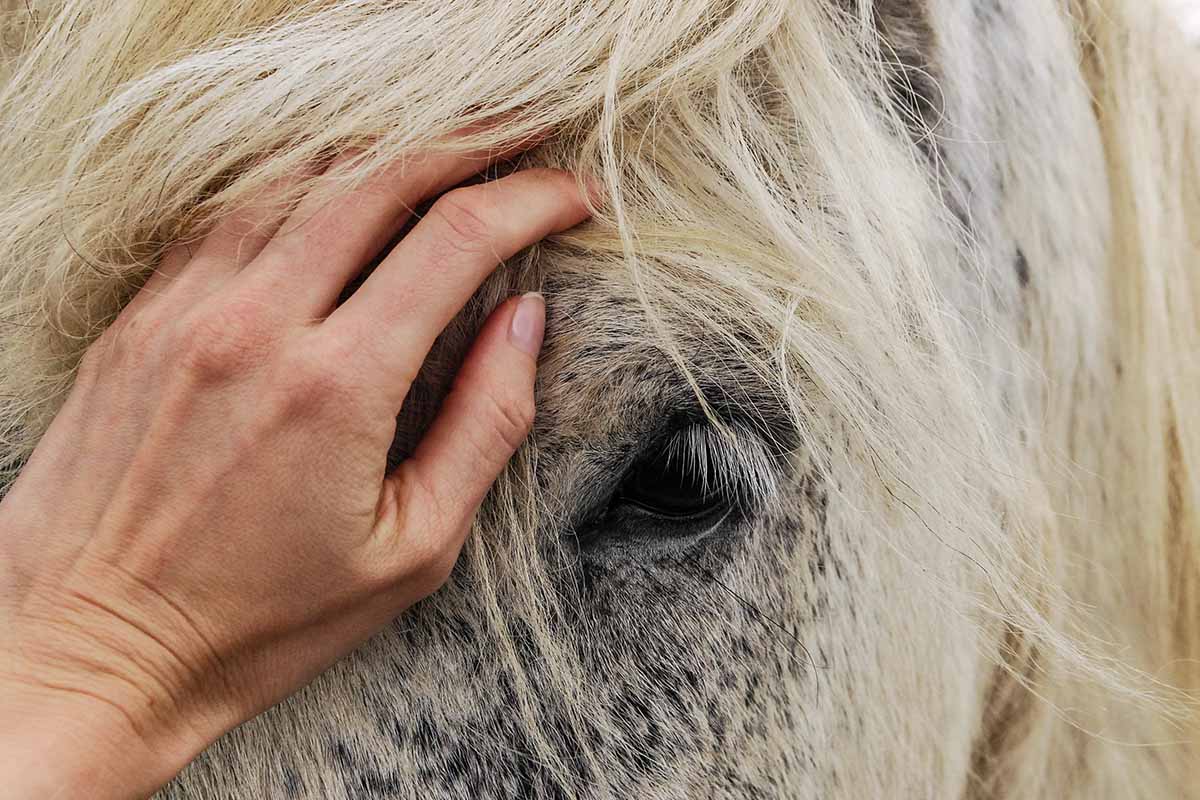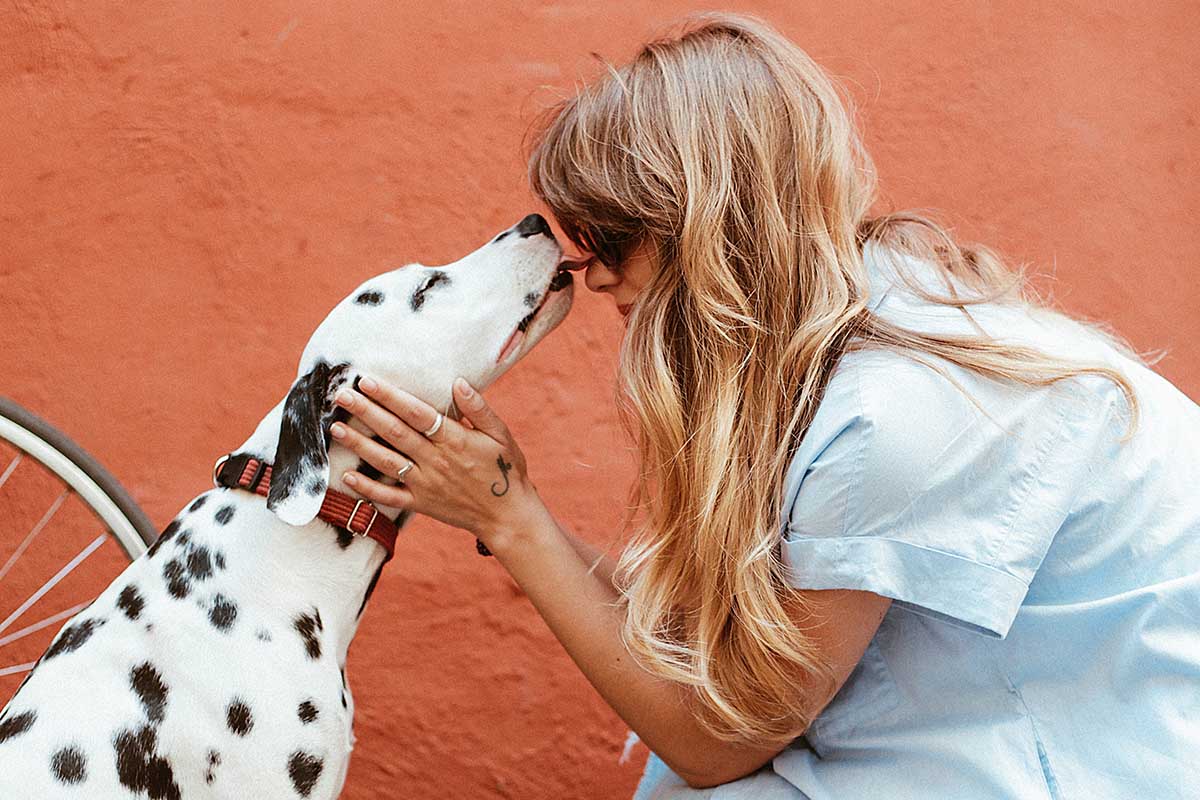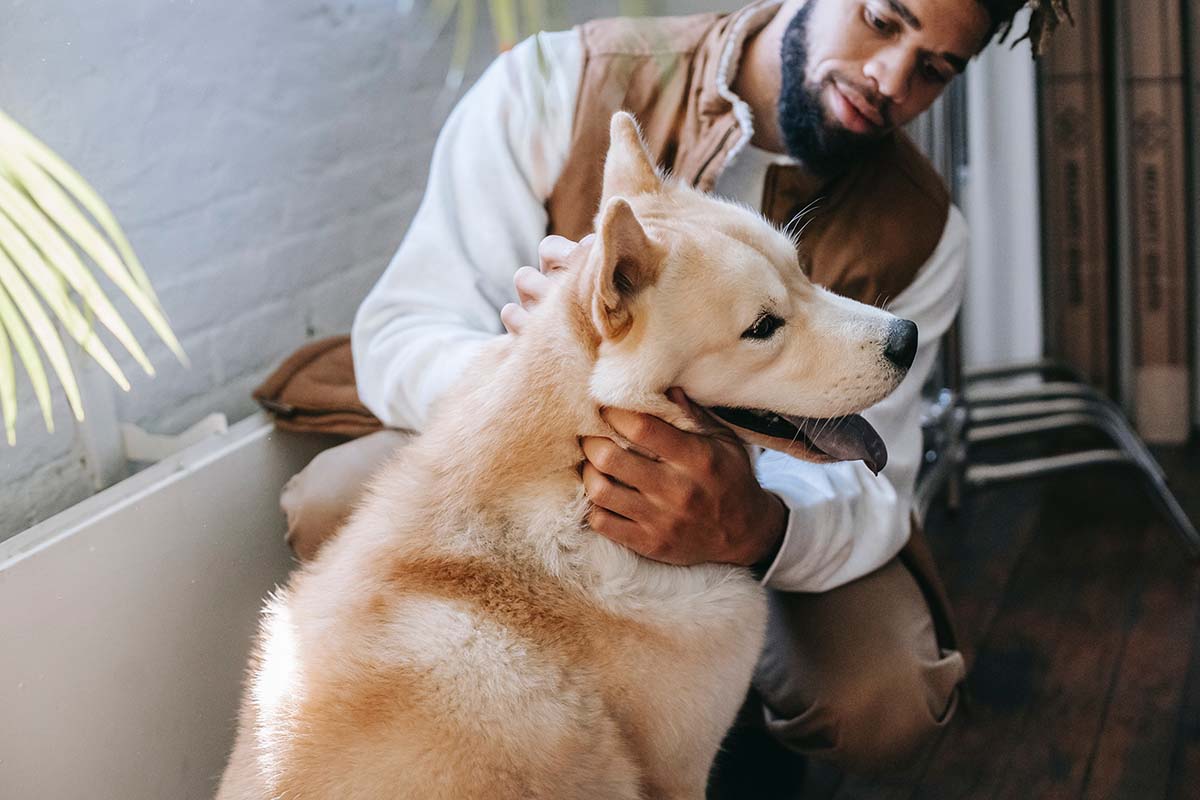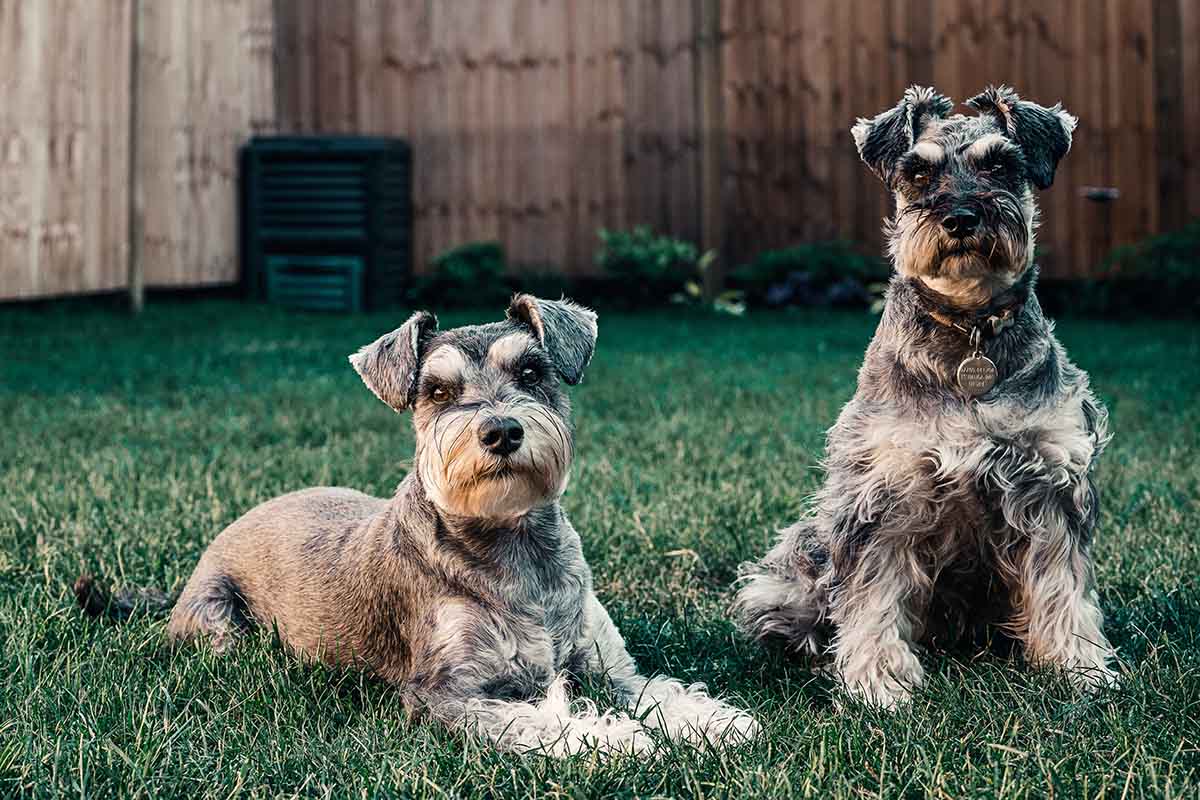What Is Kissing Spine in Horses?
Any horse lover will tell you there is nothing like the feeling of riding these majestic animals. Absolute freedom and exhilaration can’t be compared to anything else in the world. It makes you feel like you are on top of the world.
But that is not all horses are good for! The relationship with these equine beauties is unique, and if you manage to find a great fit in personalities, it can be genuinely irreplaceable. You might think they can’t love you as a dog or a cat would but think again!
However, just like with any animal friend, it is up to us to take care of their health and wellbeing. Horses are known to be high-maintenance animals, and caring for them requires a lot of time, effort, and money. This is why it is vital to be aware of all the illnesses that can occur with your four-legged friend and know which symptoms to look out for.
One such sickness frequently found in riding horses is kissing the spine. Also known as Spinal Crowding Syndrome, this condition results in the curving and dipping of the horse’s spine, usually resulting from riding them.
Now, humans may have ridden horses since they managed to domesticate them tens of thousands of years ago. Still, unfortunately, the bodies of these animals did not evolve to accommodate that. So, despite seeming like indestructible giants that can take anything, they can be pretty vulnerable to us.
You are now probably wondering how is this possible? Humans weigh a fraction of what a horse does; how can we inflict so much damage on their spines? Well, the issue with kissing the spine is that it develops over the years, and at first, it can be invisible to the eye. It is only if not corrected in time that it can be devastating for the animal. Below we will outline some of the early signs of kissing the spine to keep an eye out for.
Early signs of spinal crowding syndrome
Back pain is one of the first things horses start to experience with the onset of kissing the spine. But that is not all there is to it! In fact, some behaviors you might consider typical and often overlook could be the tell-tale signals for this insidious disease. Here is what they are.
If your horse is suddenly resisting your grooming and showing motions of discomfort whenever you get near its back, it might be experiencing back pain. Considering that this disorder affects the spine, the back is the first place you should be looking at if you doubt your equine might have a kissing spine. Read about grooming them safely on this link: https://nasdonline.org/227/d000026/grooming-horses-safely.html.
Another prominent symptom of spinal crowding syndrome is the so-called “dip” in the back. Although you might think that this is a pretty obvious and visual sign, you would be surprised by how many people miss it! Unfortunately, due to saddles, dipping of the spine can be missed by even the most carefully trained eyes. That is why you need to be doing frequent inspections of your horse before and after you ride it.
However, sometimes your horse will let you know if this is happening. One way they communicate this to the rider is by making it difficult to mount them. Additionally, even if they let you mount them, horses with kissing spine also scoot forwards as soon as you get on the saddle.
An additional signal that your horse might be in pain is its reluctance to roll or lie down. Naturally, they need their rest and sleep too, but if you notice they are having issues with lying down, maybe it is time to visit the local veterinarian. The doctor will then let you know if you need to do additional tests or things like an x-ray!
Like all animals, horses too have a personality! In fact, this is one of the things that riders love most about the. So, if you have a good relationship with your horse, you most likely know its personality and its usual demeanor, which is why it is crucial to pay attention to any changes in it. Although they can be their usual selves throughout the day, they can become anxious and change their temperaments when being prepared to work. This can be a sign of kissing spine in horses, and therapy might be needed.
Finally, equines with kissing spines can act irritable and sometimes even aggressive when their girth is tightened. Watch out for signals such as biting the air or the crossties, too, as these can indicate that your horse might have spinal crowding syndrome.
Solutions for this problem
It is not pleasant to find out that your equine friend might be in pain and experiencing an illness. However, there is no need to panic! If caught early, spinal crowding syndrome can be treated, and the worst of its effects can be avoided. Early detection is key.
If you doubt that your horse might have a kissing spine, take it to the veterinarian. They will most likely perform an x-ray to see the severity of the disorder and, based on that, advise you on the appropriate therapy approach. Keep in mind that your options might be limited depending on the availability of specific treatments in your area, your budget, and the horse’s intended use, both current and future.
Some of the solutions for kissing the spine include corticosteroids, muscle relaxants, shock wave therapy, and non-steroidal anti-inflammatory drugs (NSAIDs). Some veterinarians will also recommend alternative options such as chiropractic and even acupuncture!
So, what have we learned about kissing the spine? It is undoubtedly a serious disorder that can creep up on you and your equine friend for years. You should pay attention to the details and any slight changes in your horse’s behavior. And if you have any suspicions, consult a professional immediately. When it comes to your equine’s health and wellbeing, it is better to be safe than sorry!
